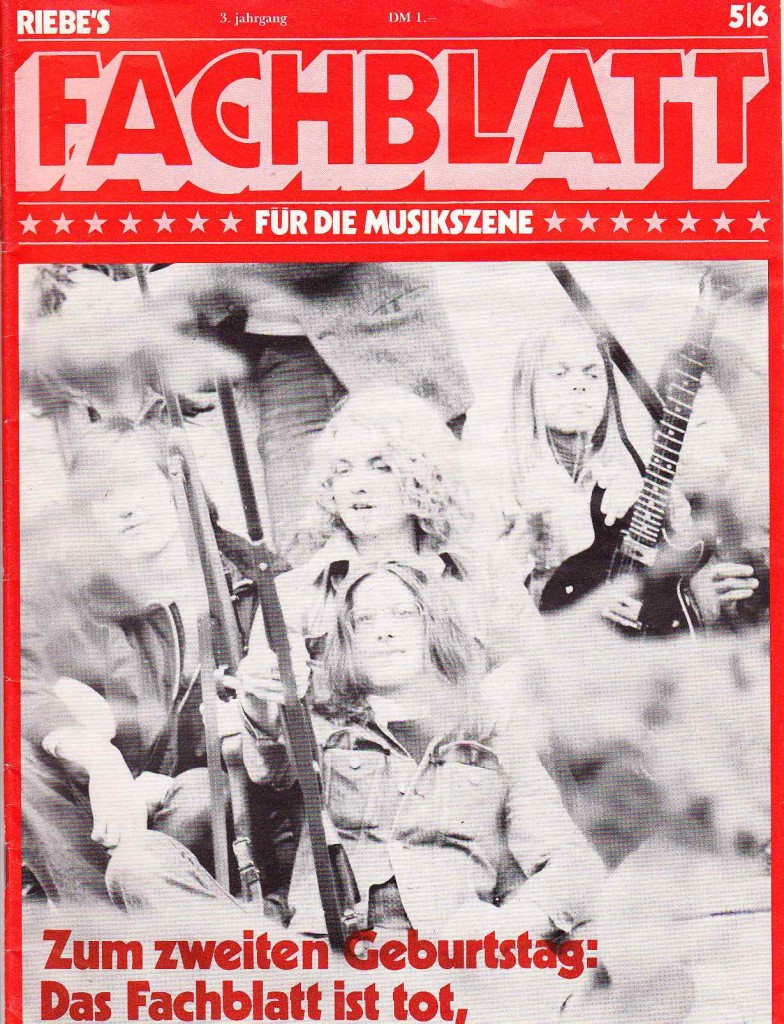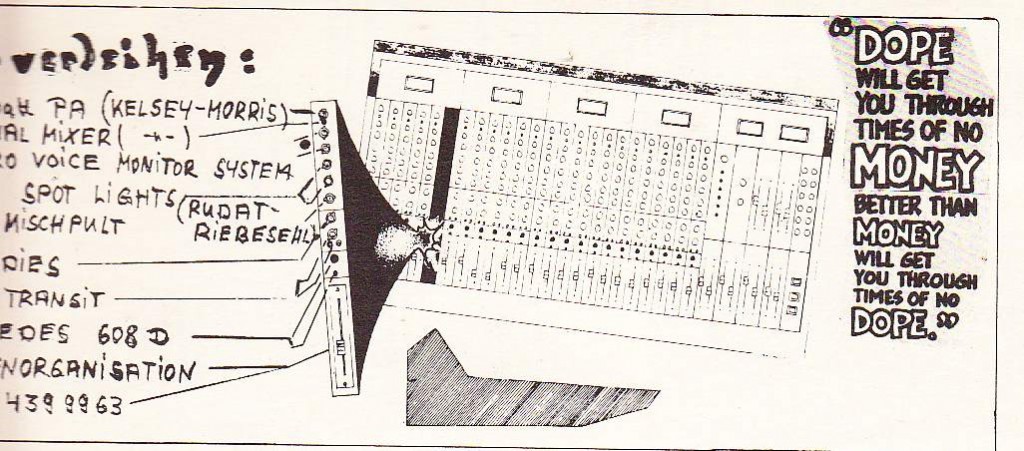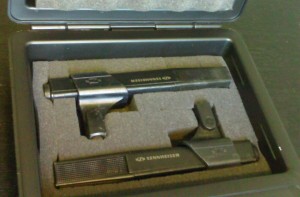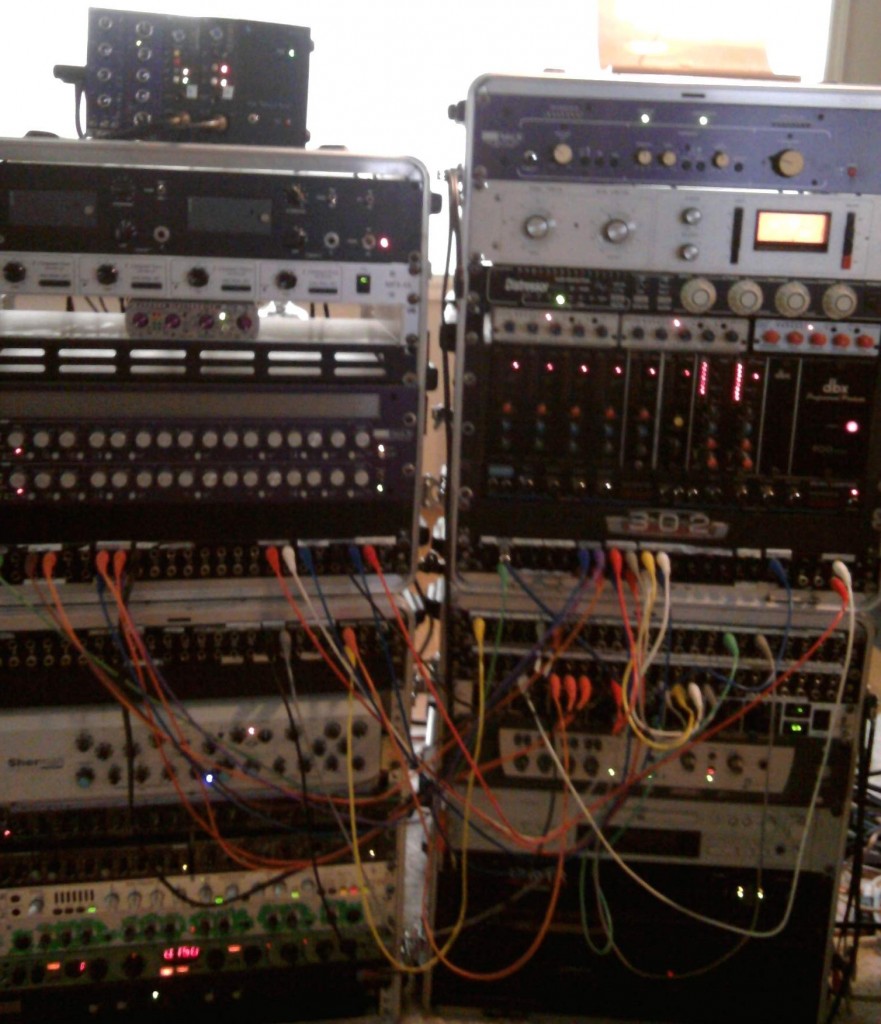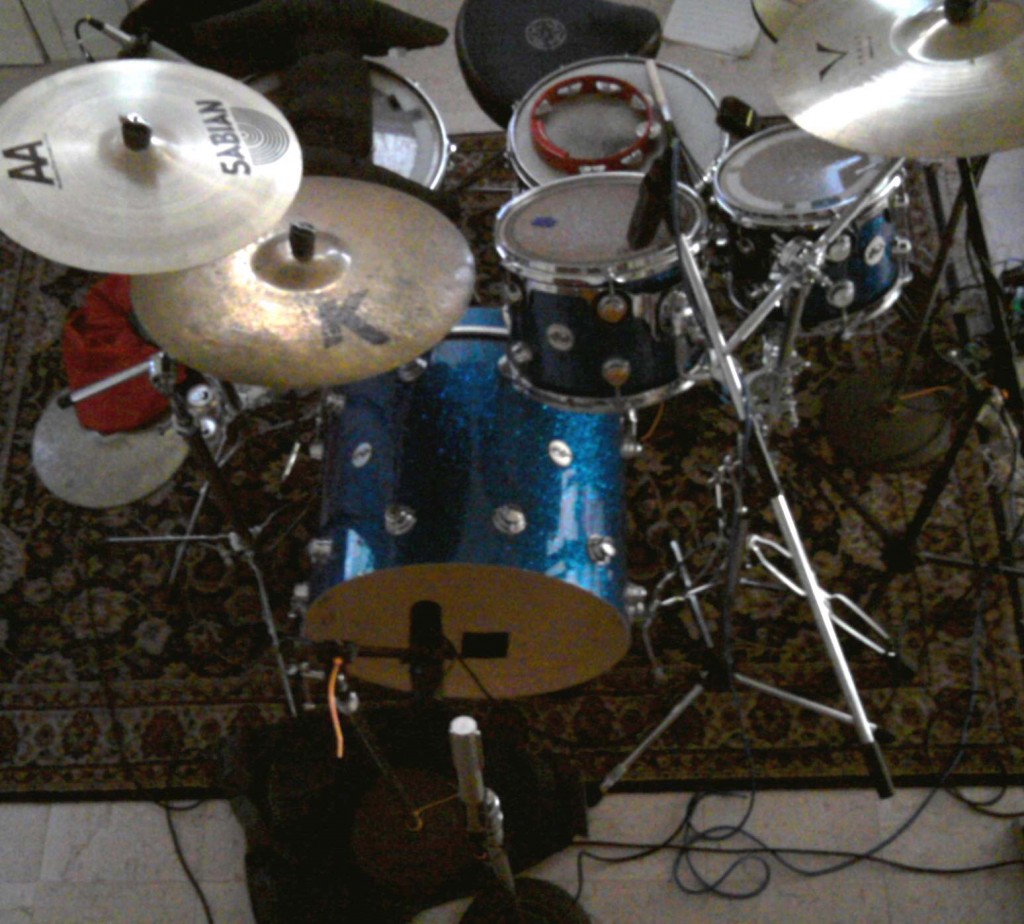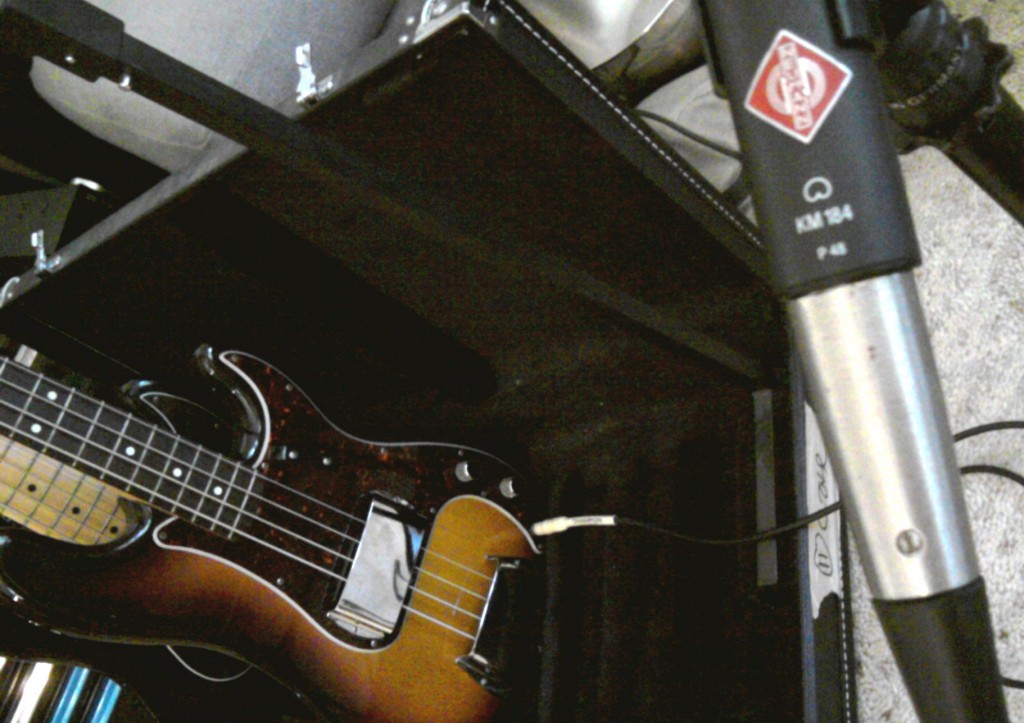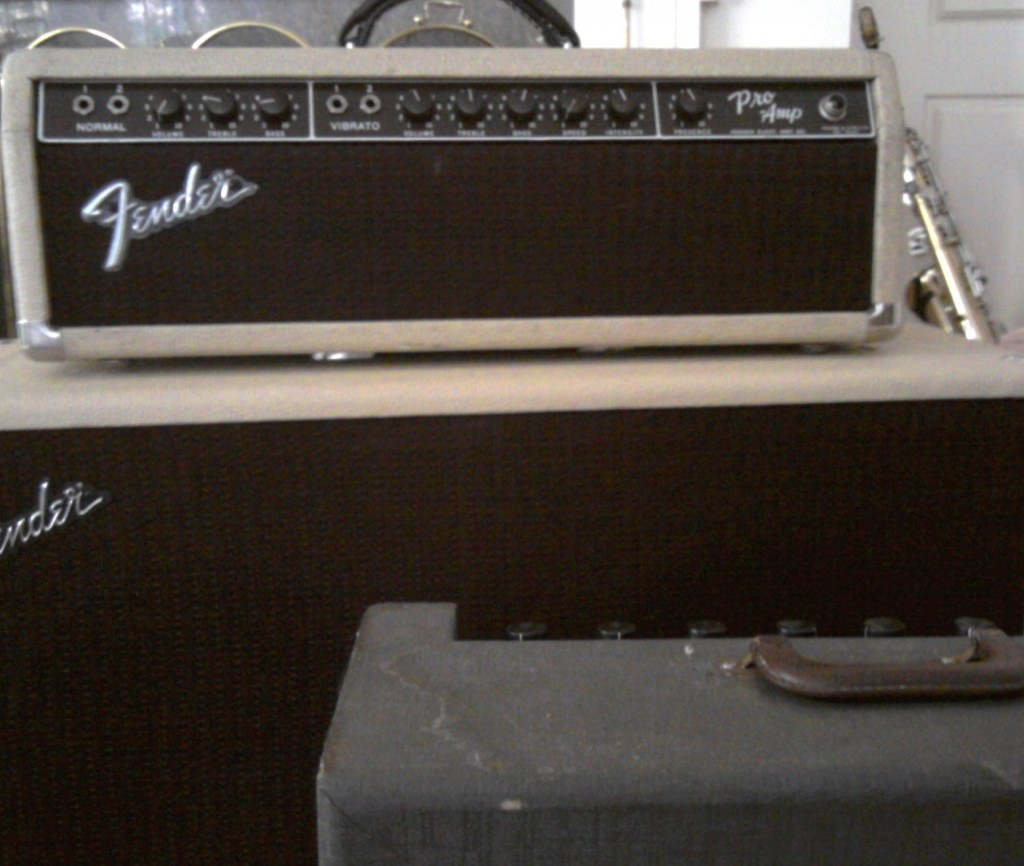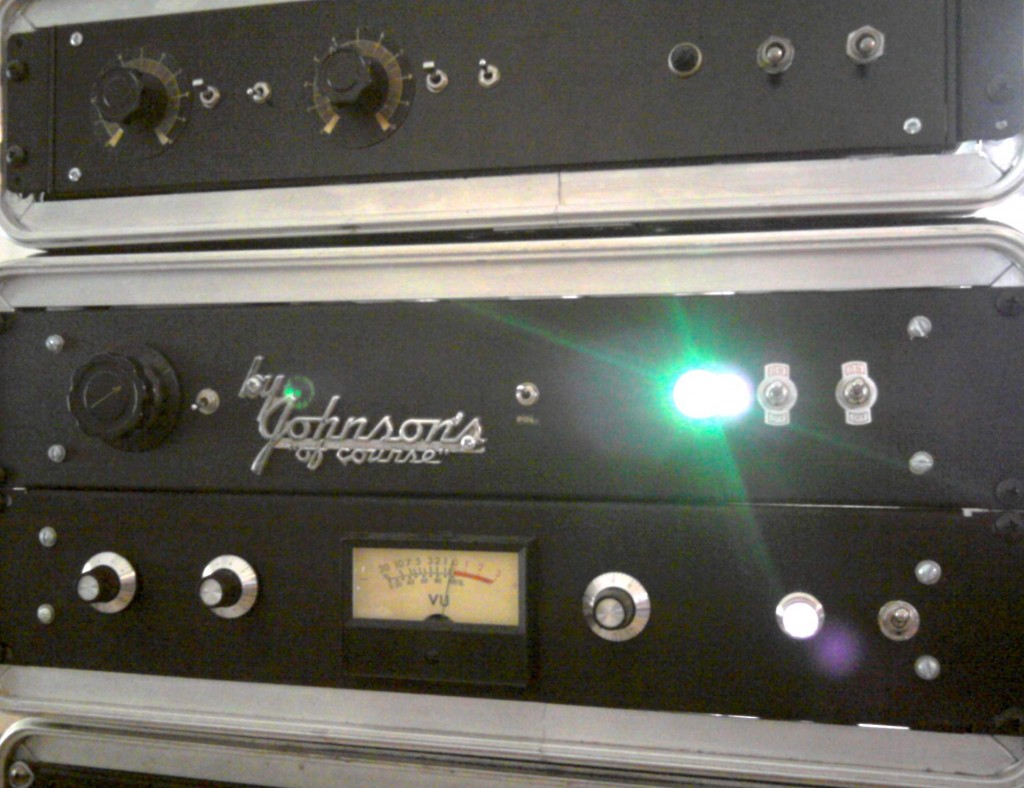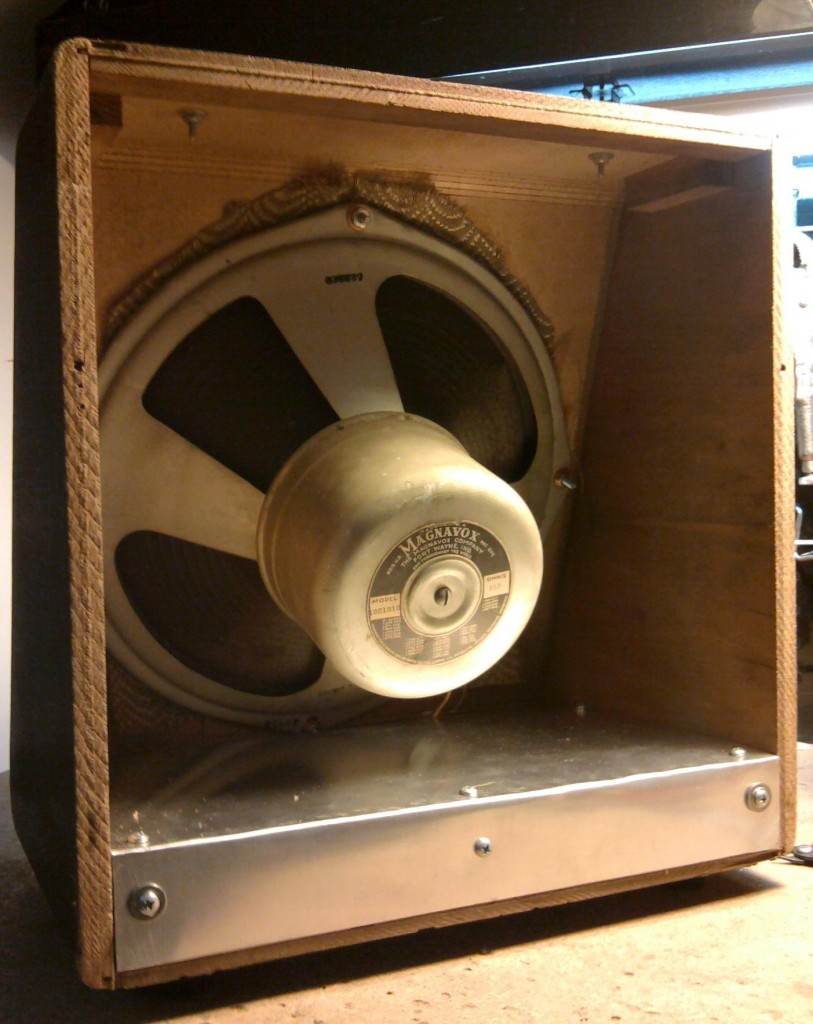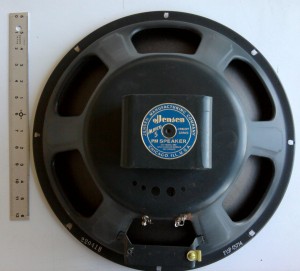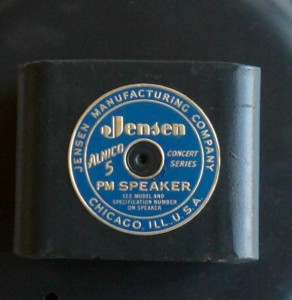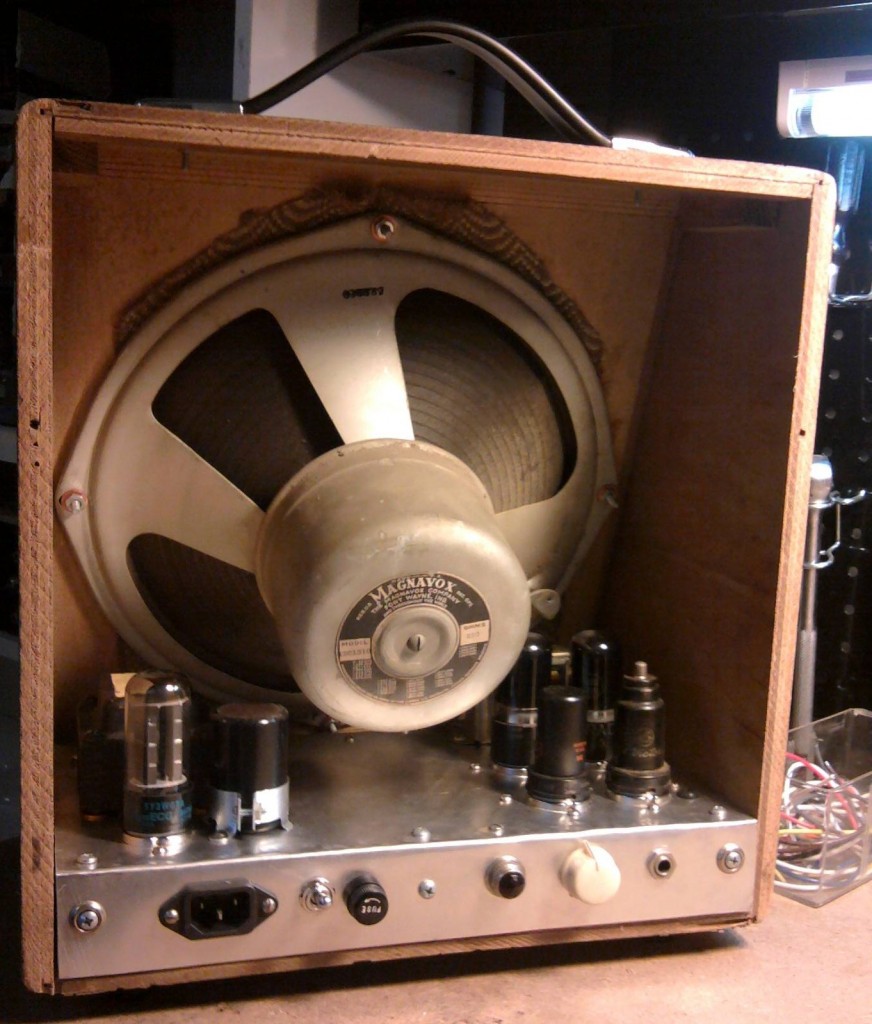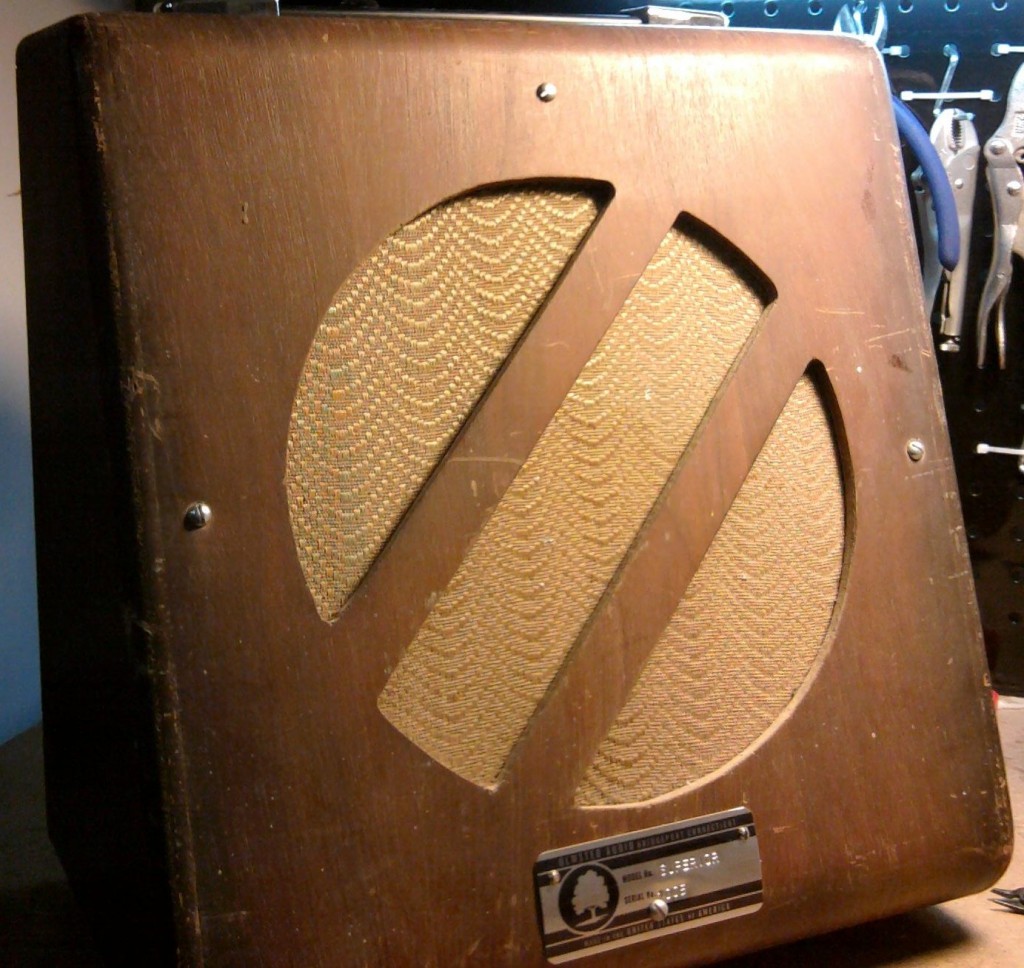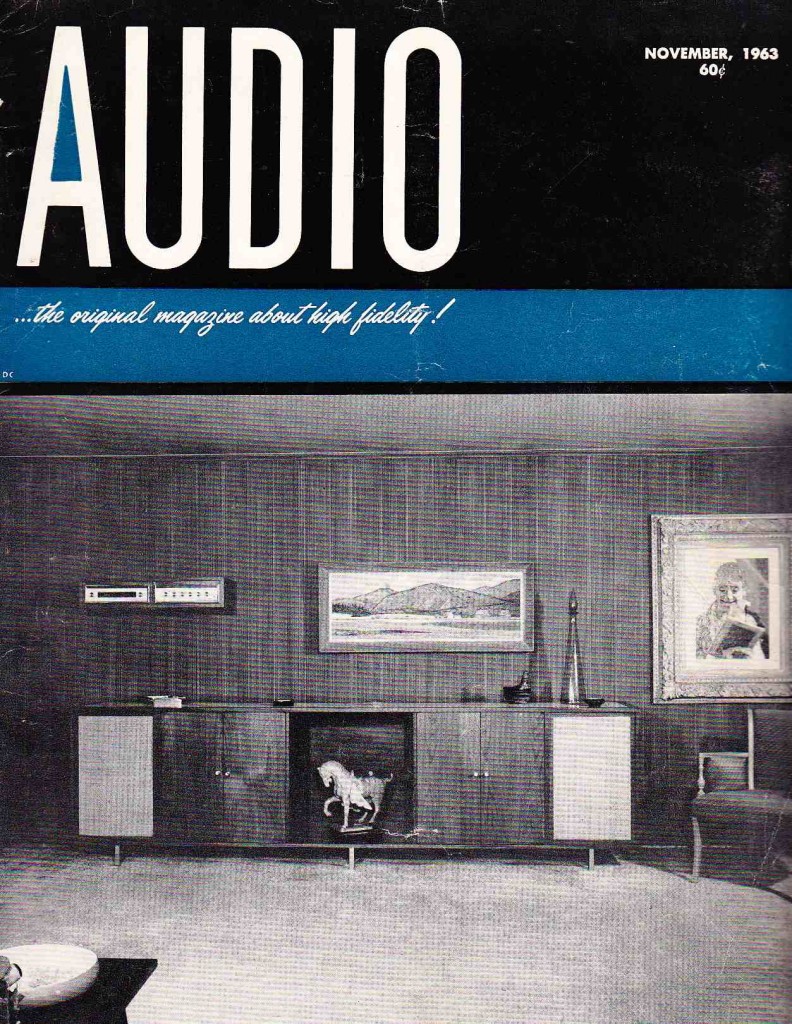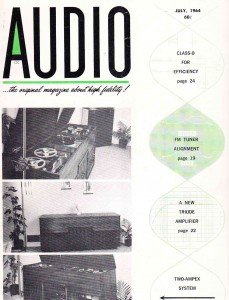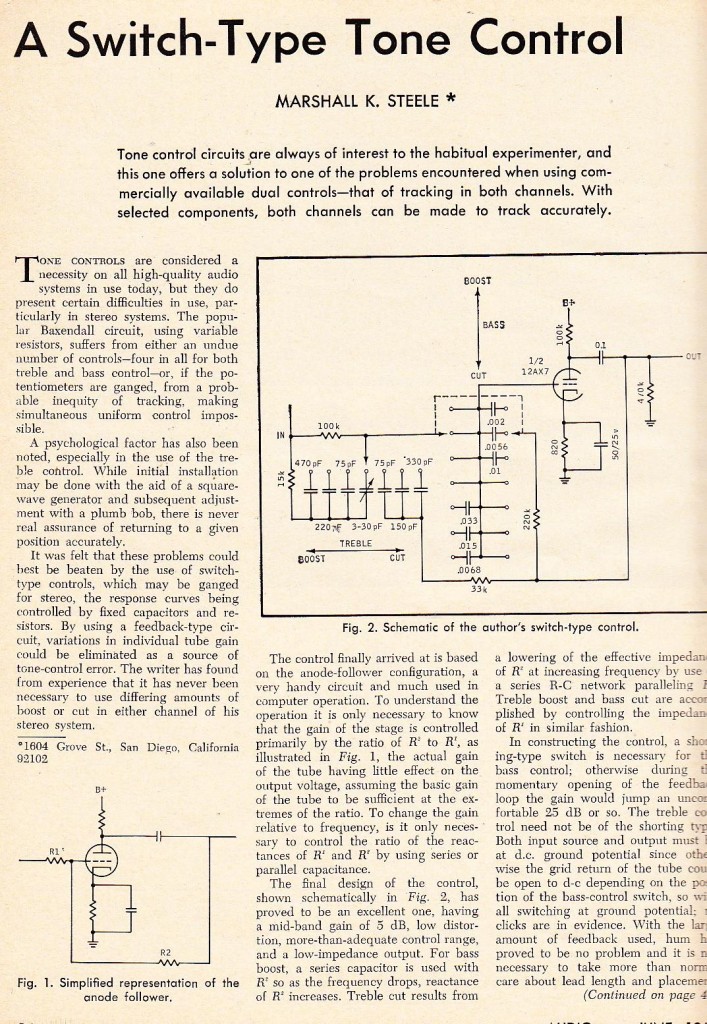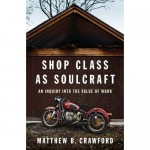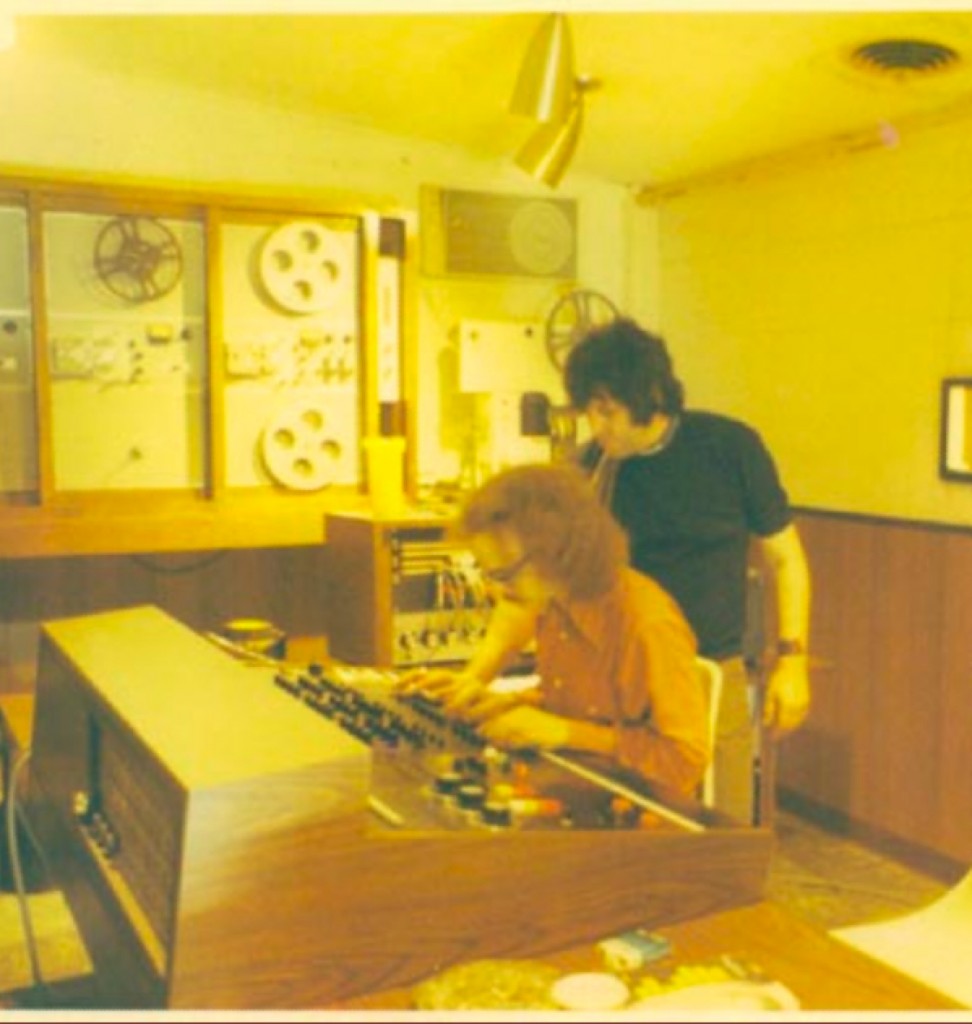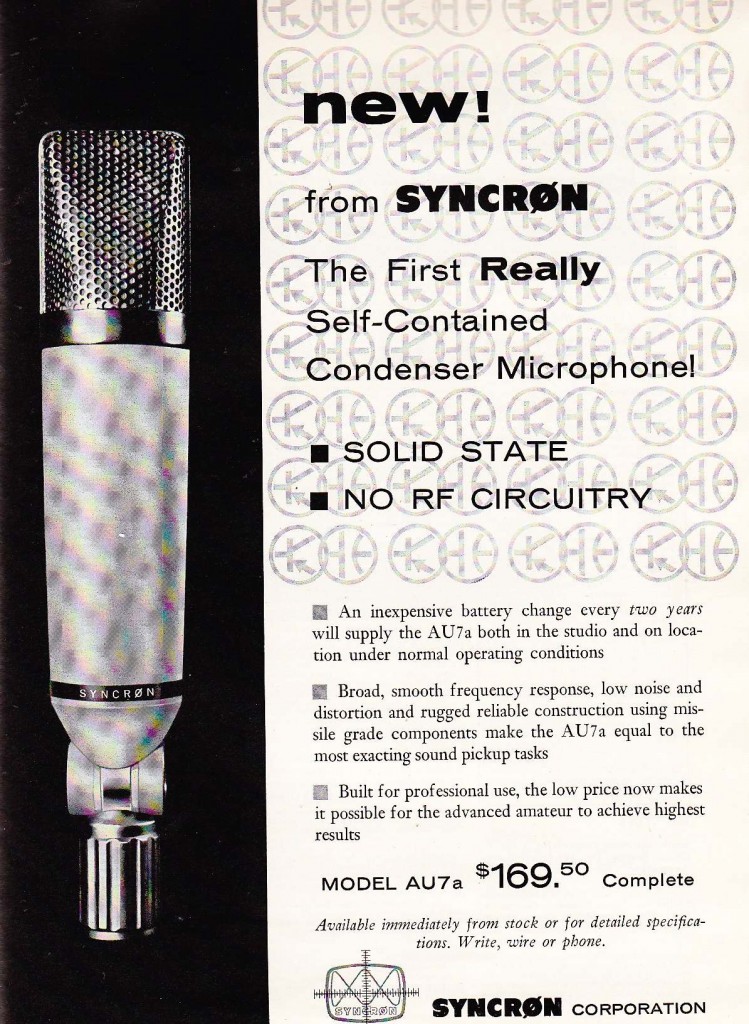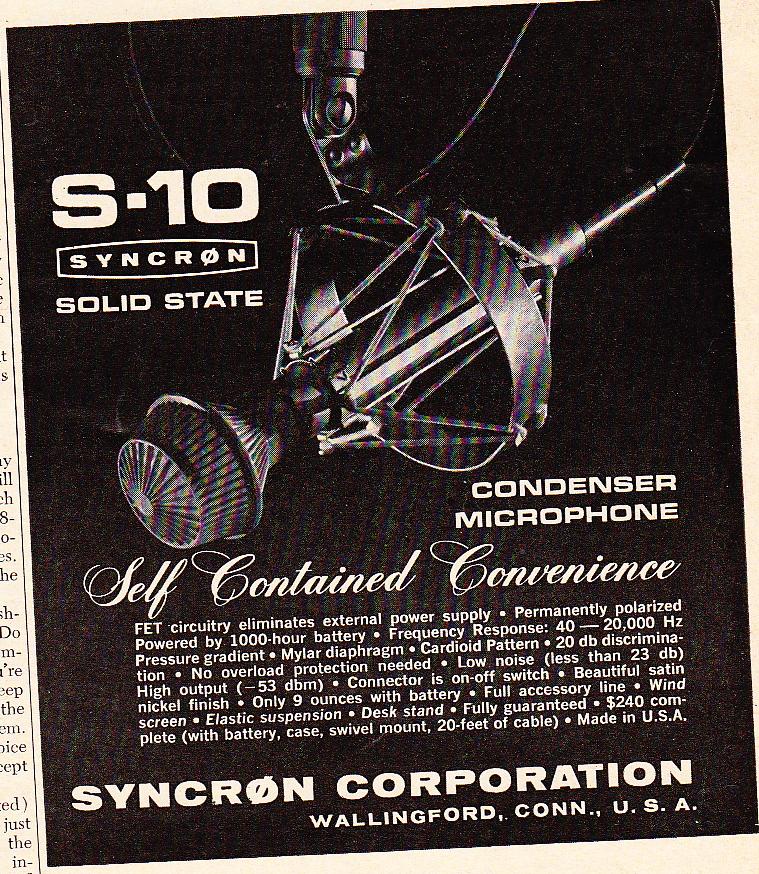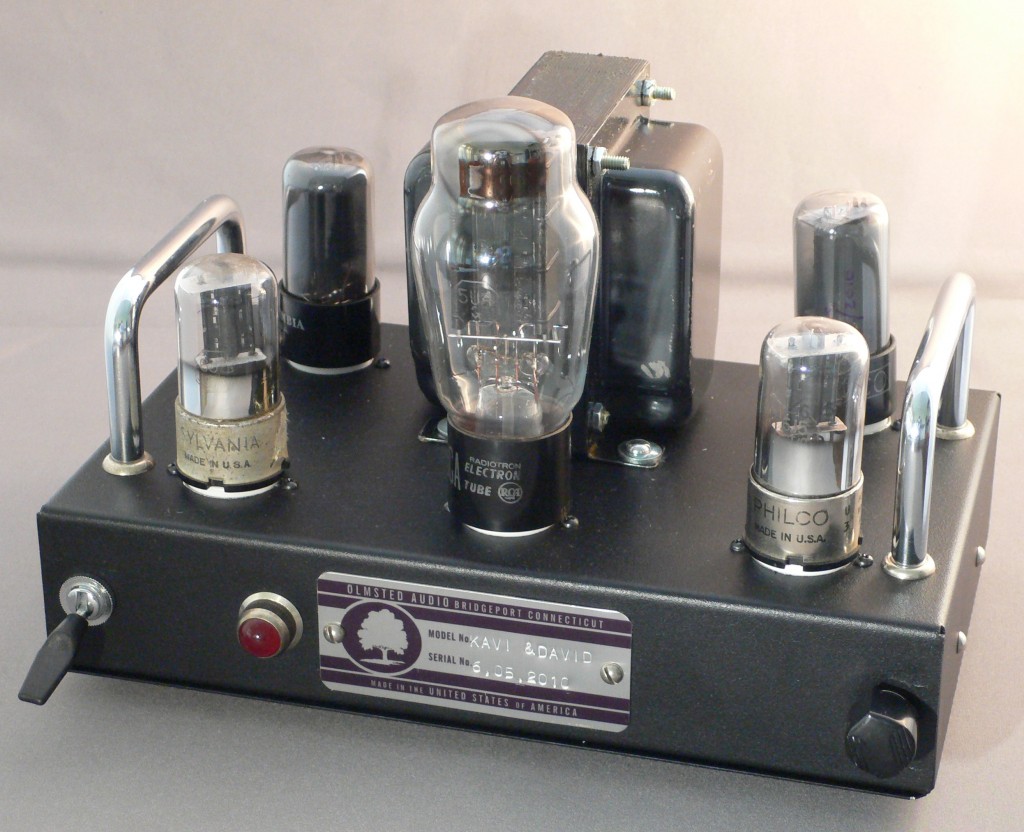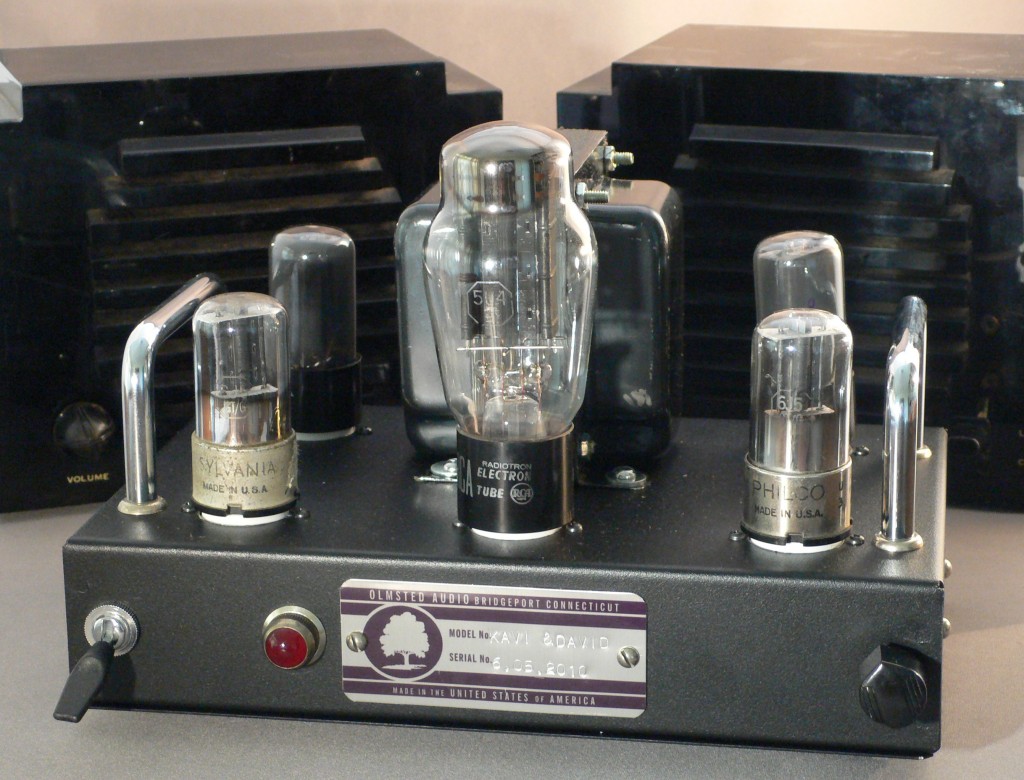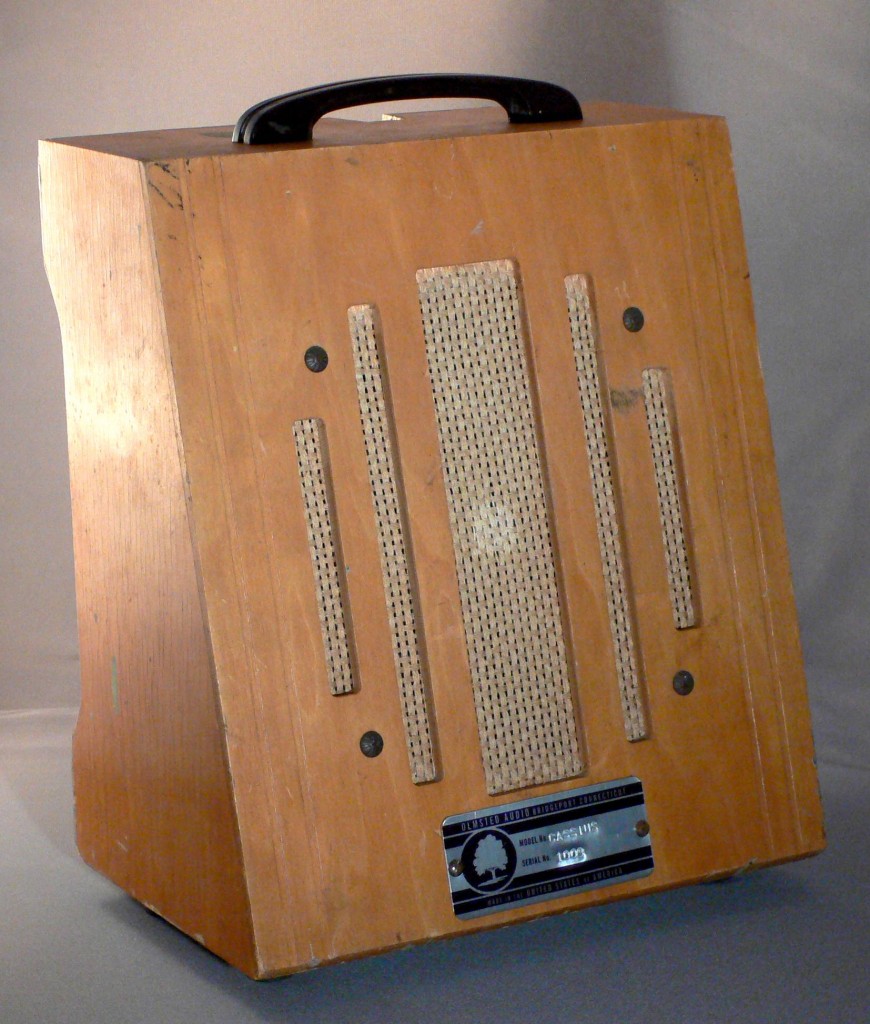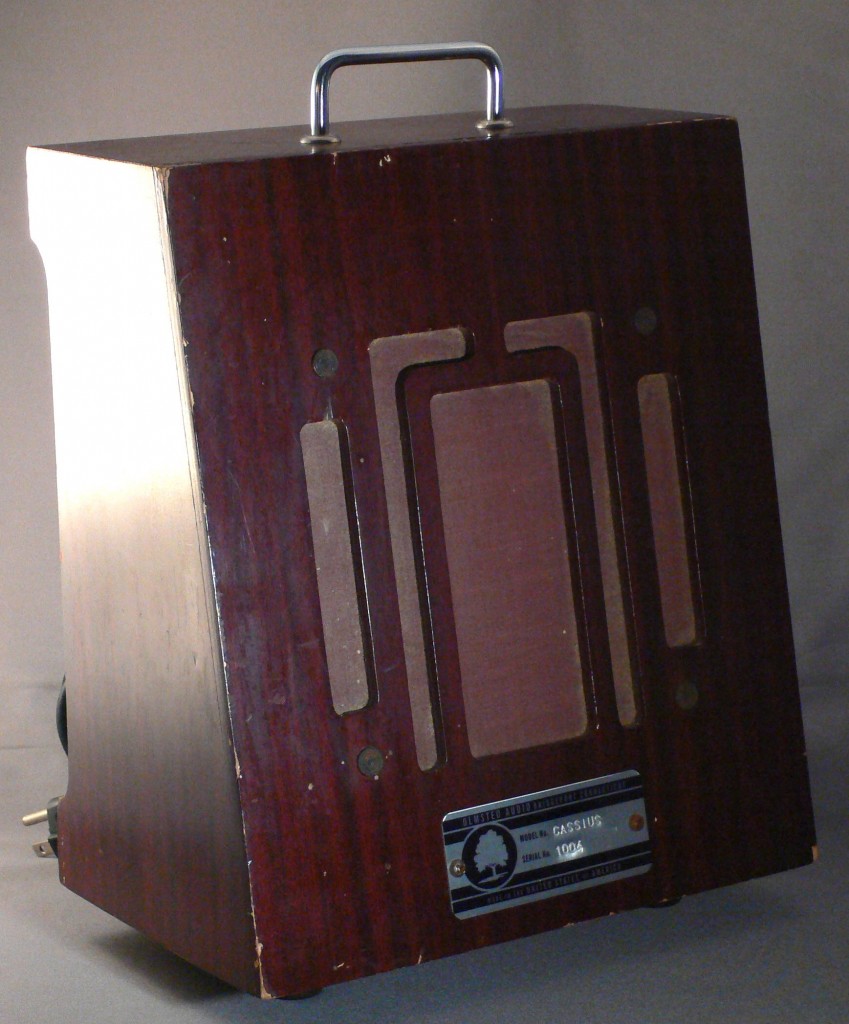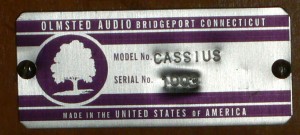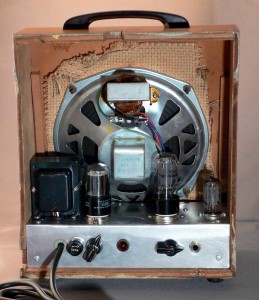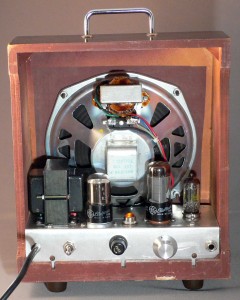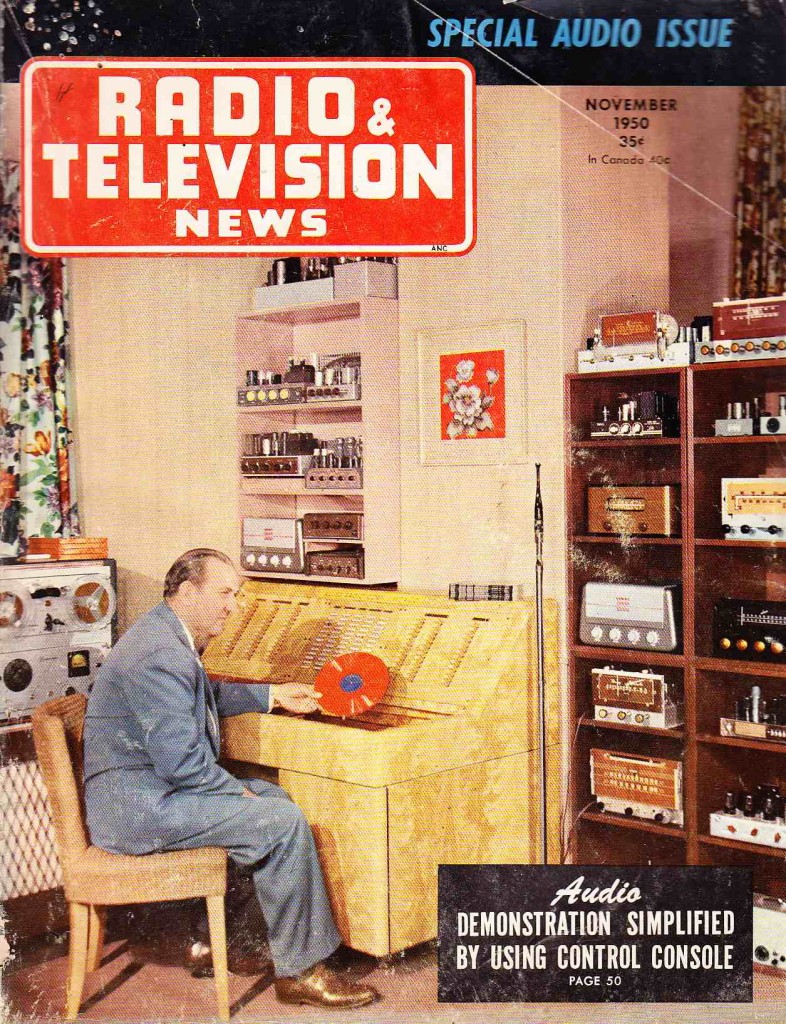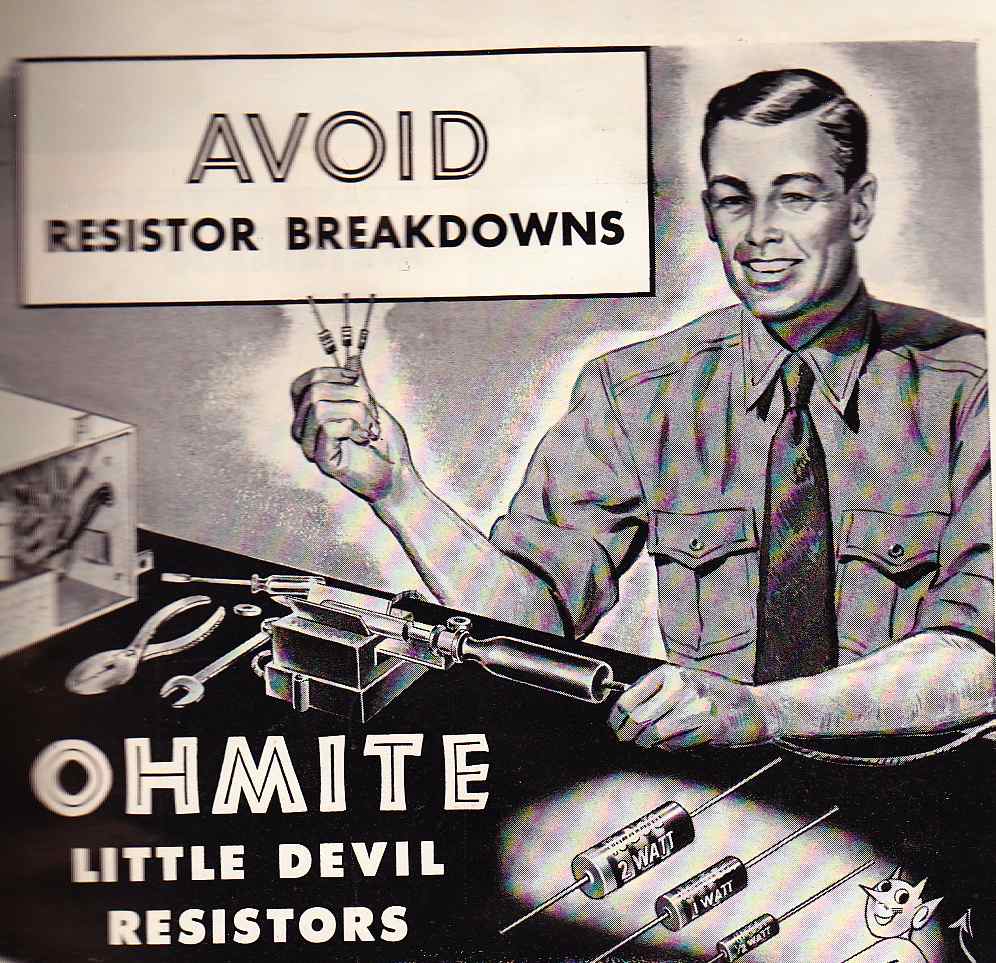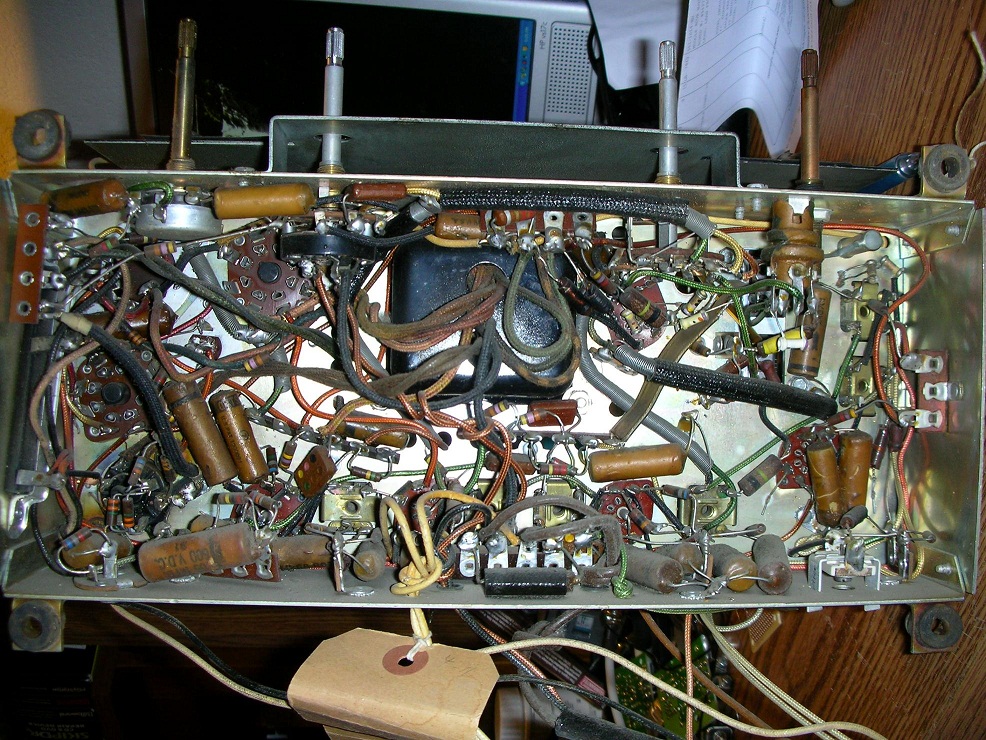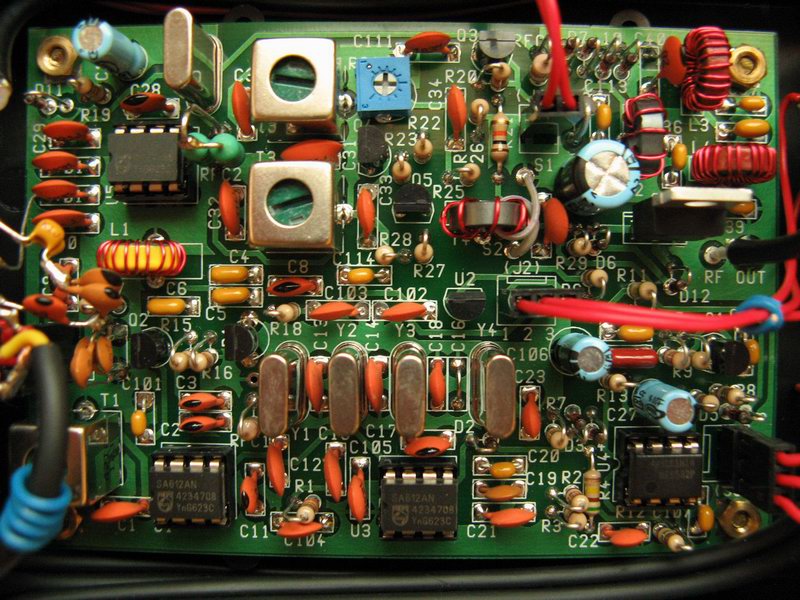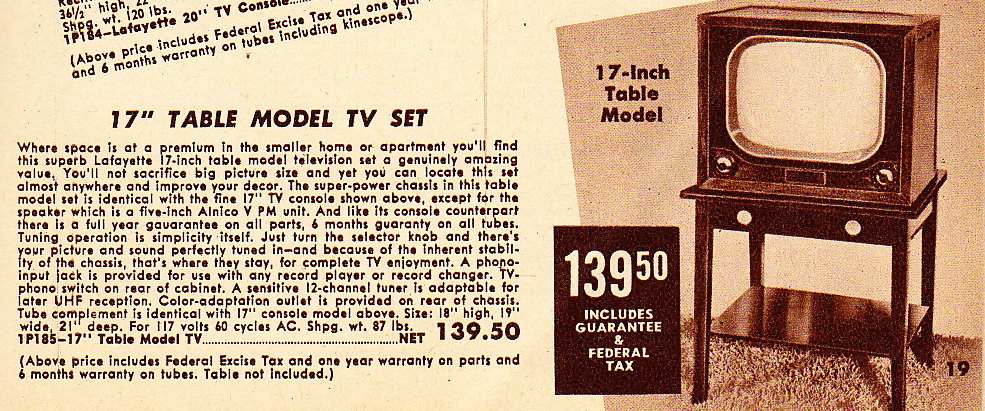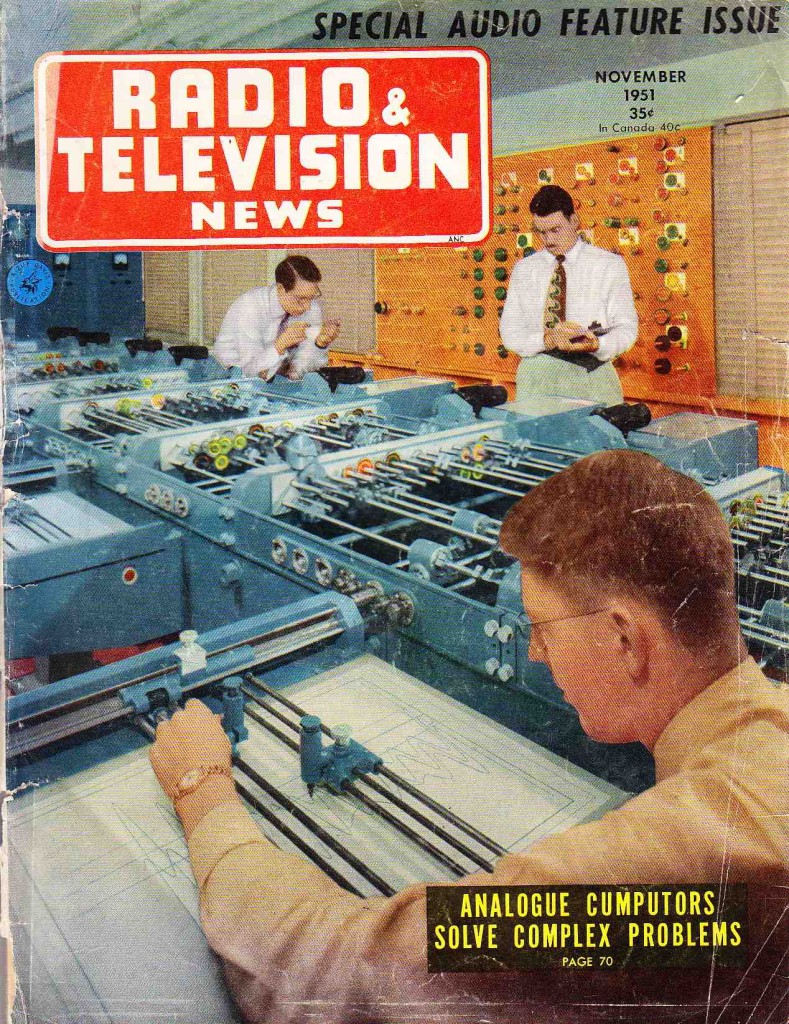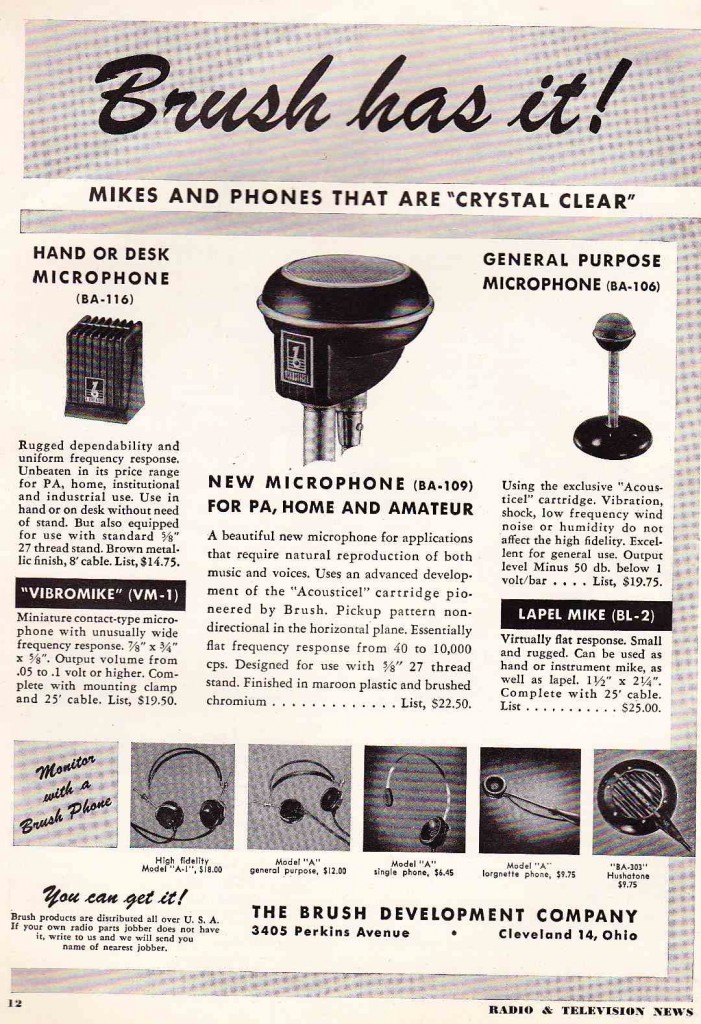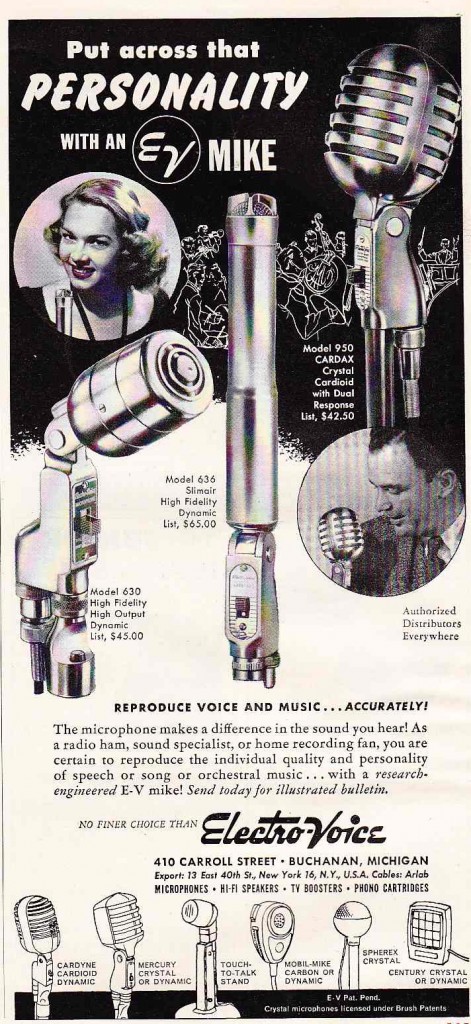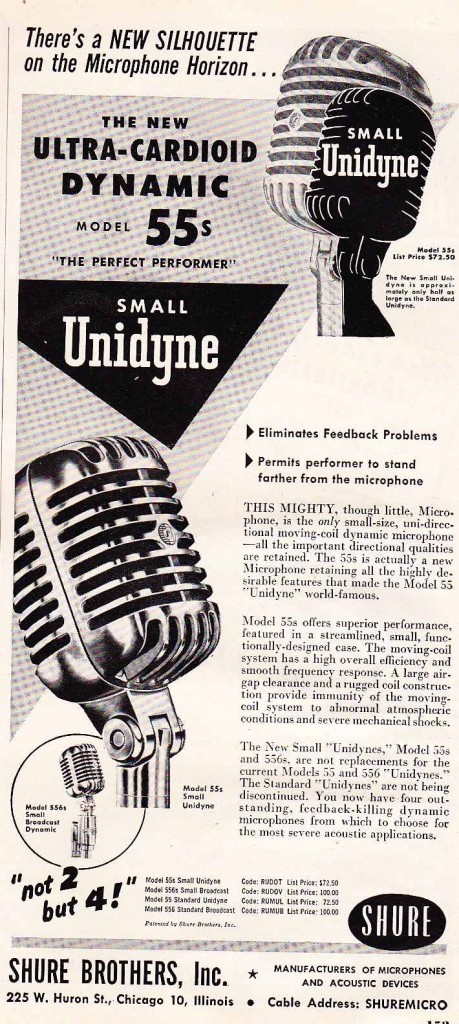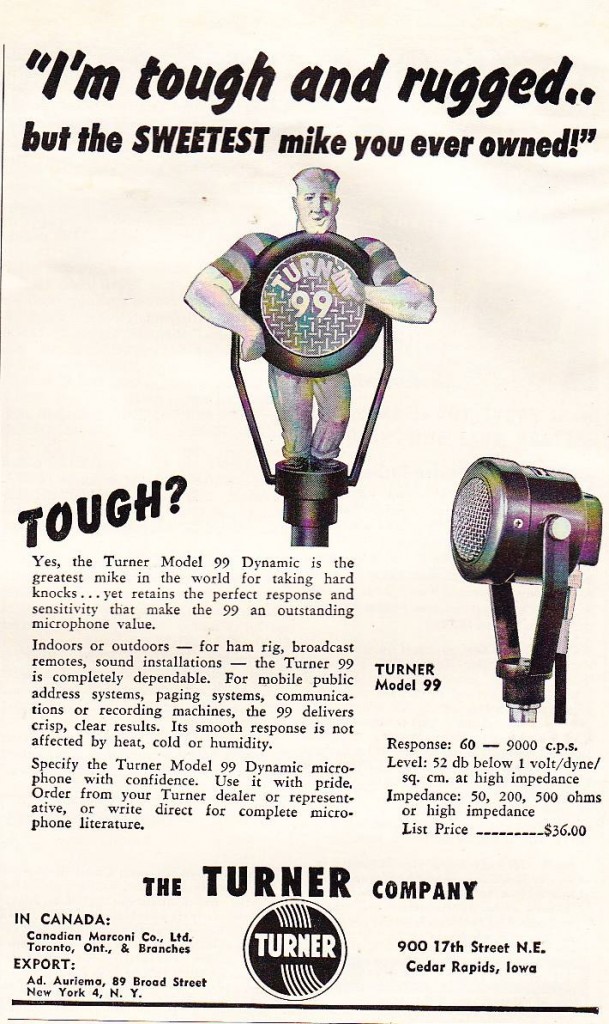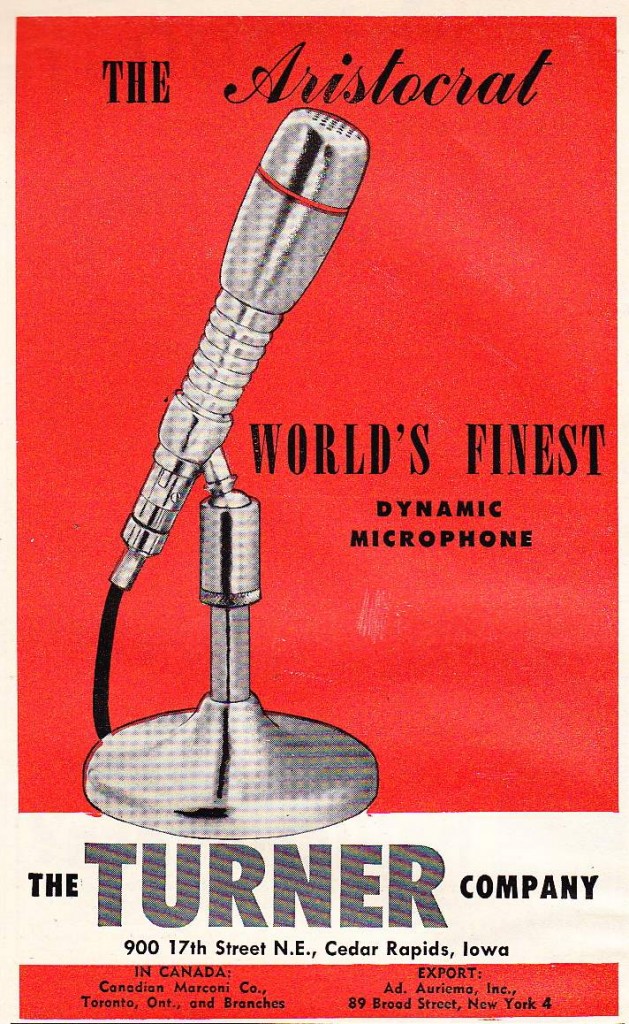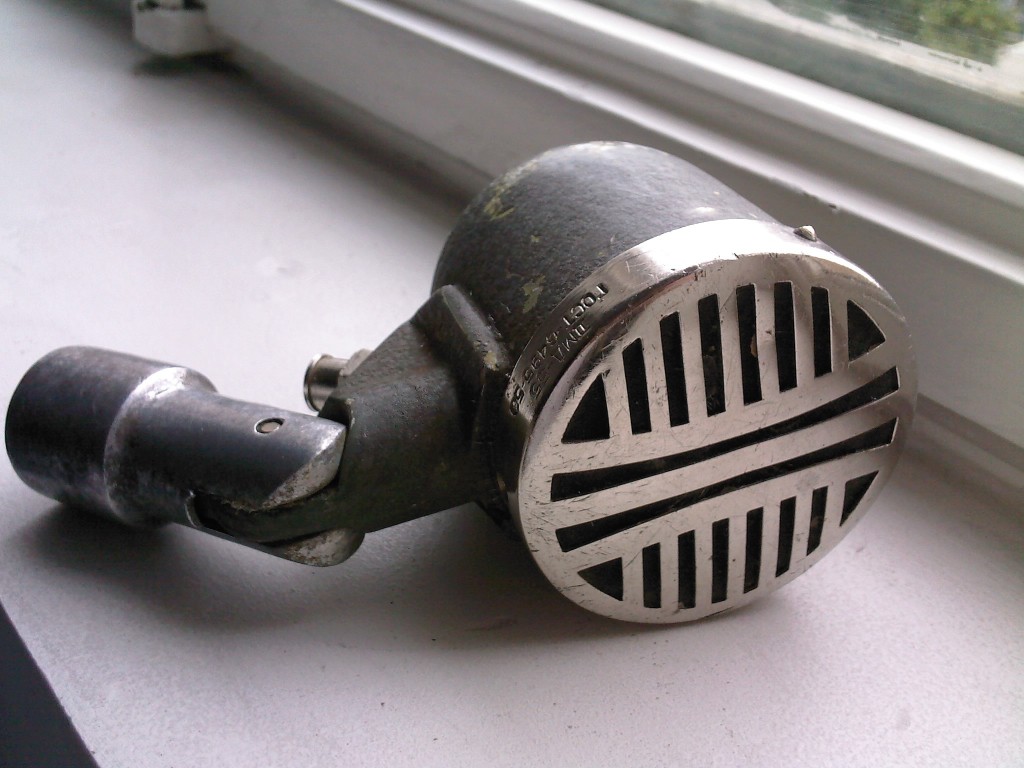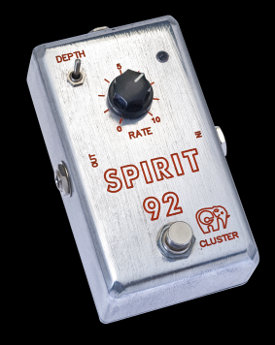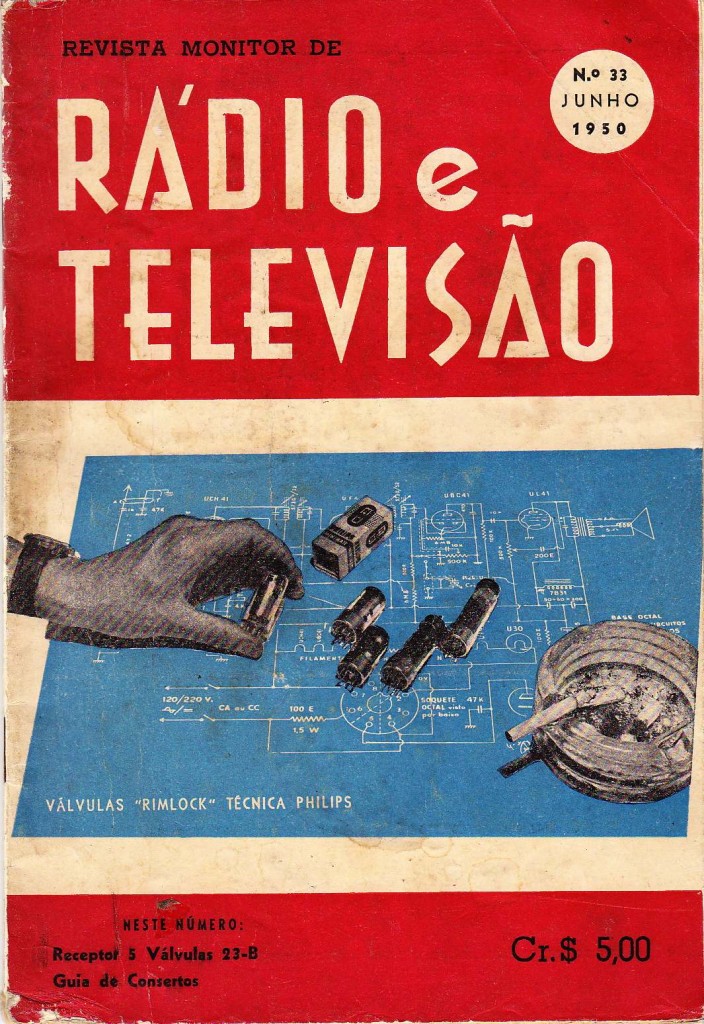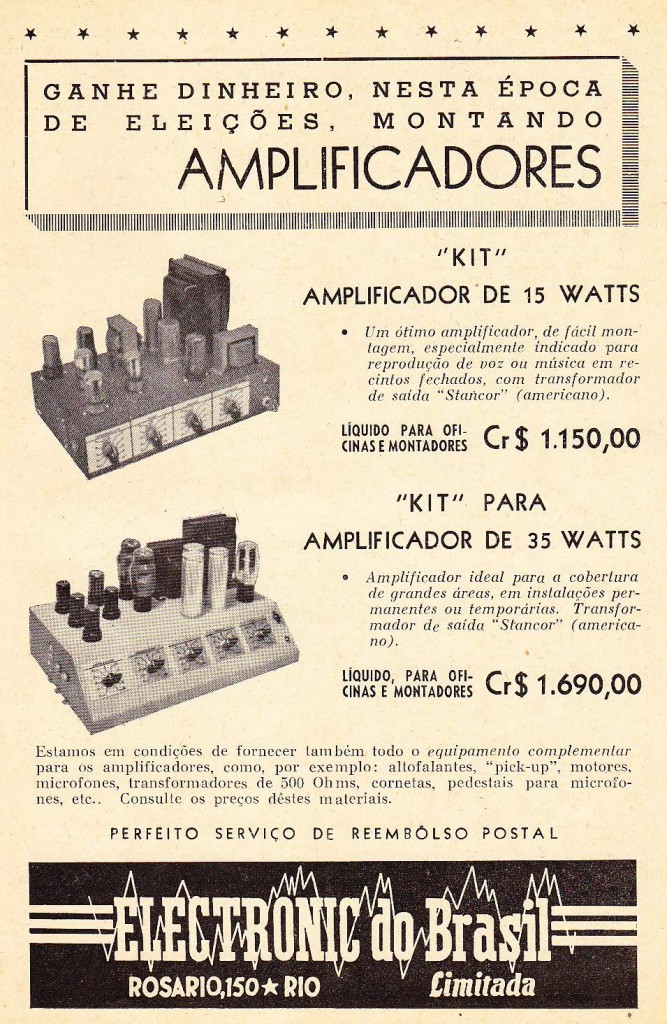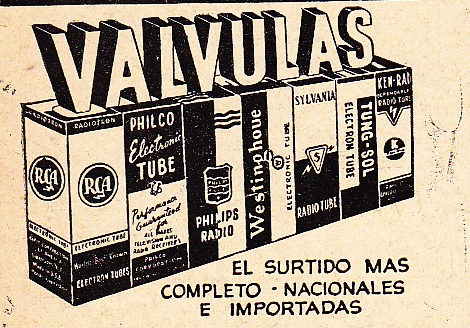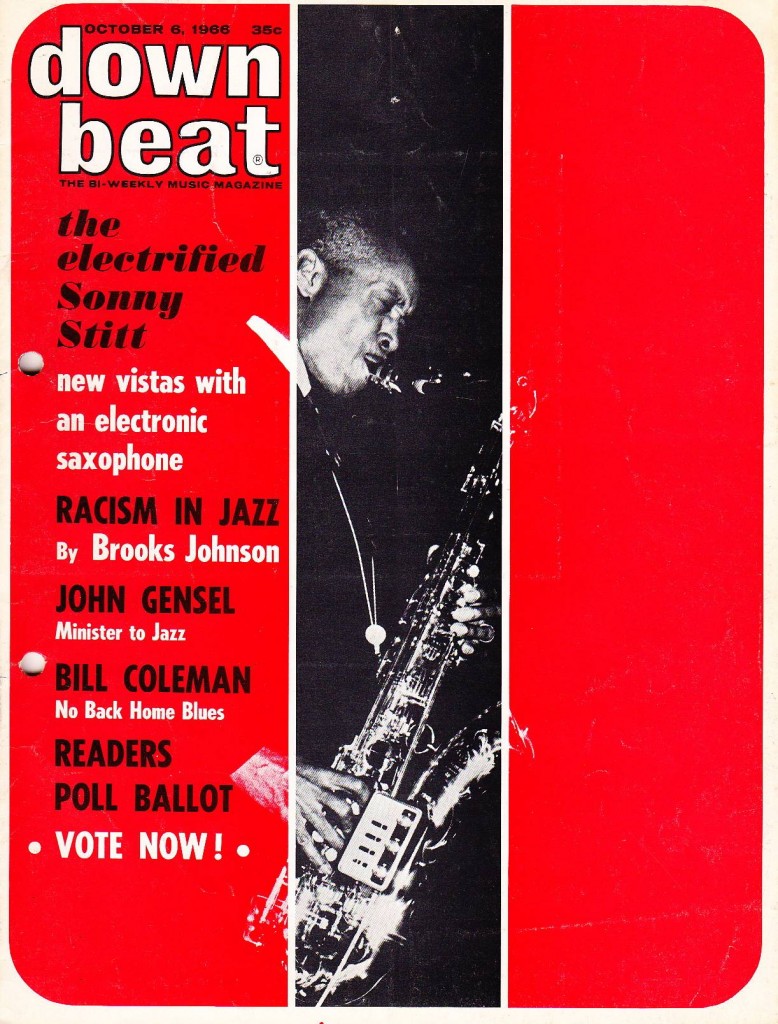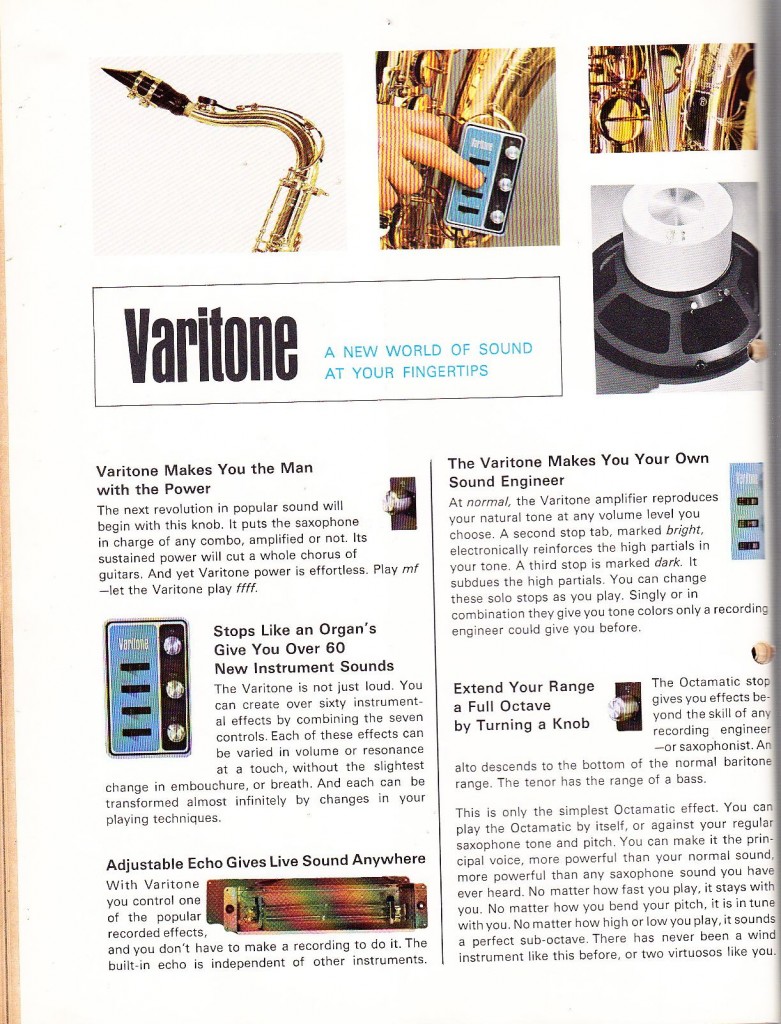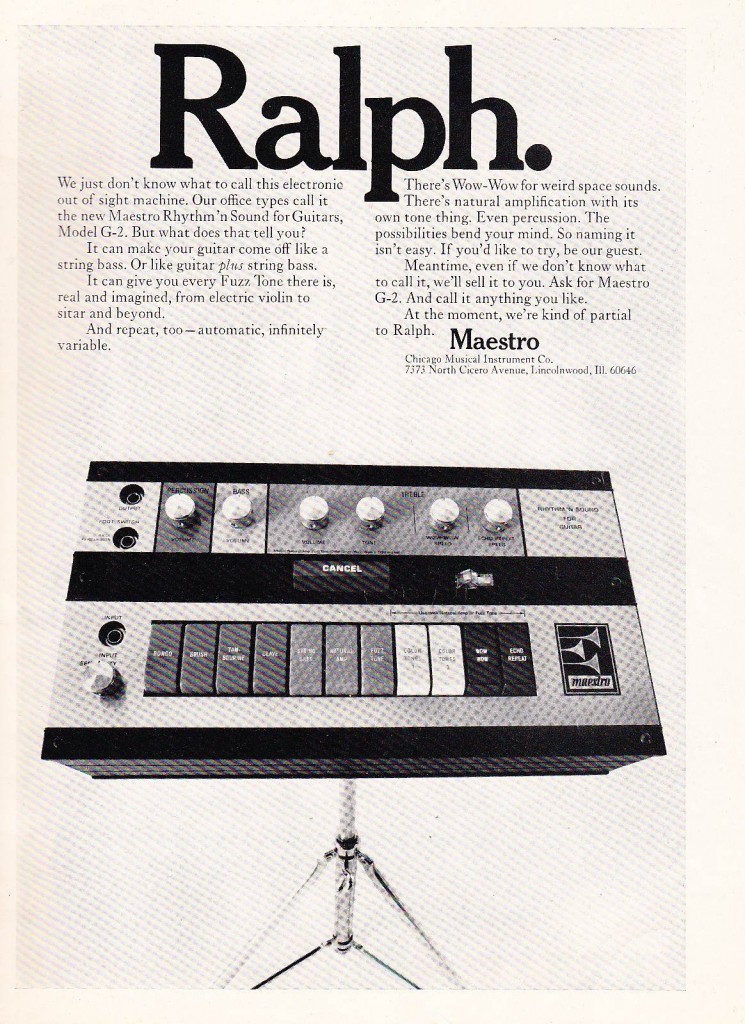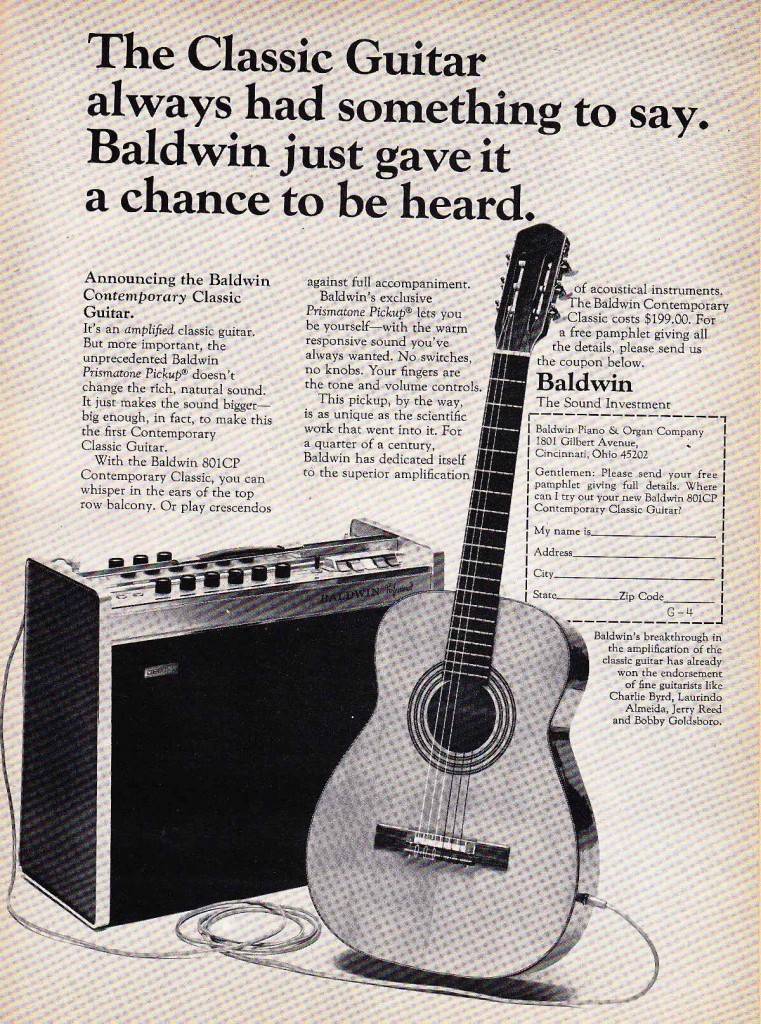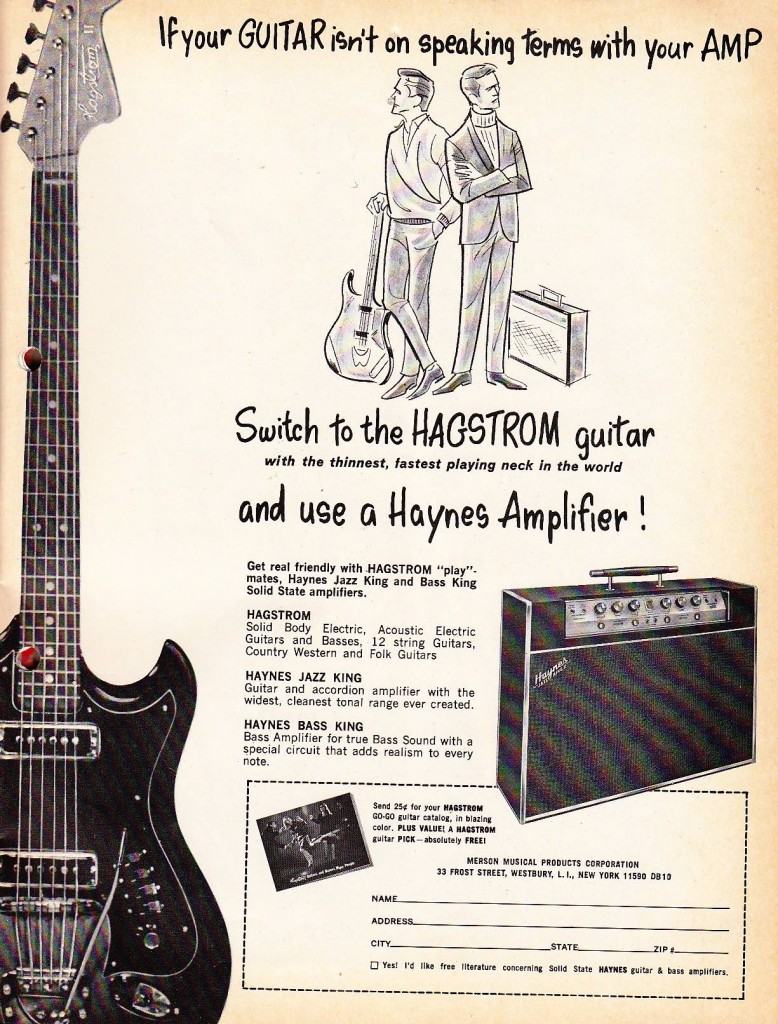I love German rock music of the 70s. Popul Vuh’s soundtracks for Herzog films.
Tangerine Dream and Klaus Schulze. Neu. Amon Duul II. And, of course, the immortal CAN.
There is a uniquely hypnotic, repetitive, druggy vibe to so much of this music.
It’s incredible just how different 70’s German rock music was compared to that from the UK, Italy, Sweden, and France. Much music gets described as ‘Psychedelic,’ but very little of it actually has the potential for ‘mind-alteration’ in the way that this music does.
It’s not hard to see how these sounds effortlessly transformed into ‘Techno’ in the 80s, a counter-path to American RnB’s simultaneous development into hip hop.
Appreciation of vintage German audio equipment is intense, but it is generally limited to microphones and pro-audio equipment. This is where the German reputation for precision really seems to sell the products. Now that I think about it, of the 9 microphones that I stuck on the drum kit yesterday, 6 were German. 2 Neumanns for the room, an old Sennheiser 409 above the snare drum, and some 70’s Sennheiser 441s on the rack toms and under the snare.
441s are really fantastic microphones. I wish I had even more of them.
Beyond Neumann and Sennheiser, German brand Telefunken is a favorite of audio engineers. No one hears too much about old German guitars and amplifiers though. I recently picked up this Ovation ‘Tornado.’
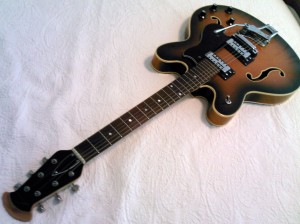 Ovation is an American brand (CT, actually…), but this, their earliest electric guitar, was actually composed of a German-made body with a US-made neck attached in the states. It’s a nice guitar. German makers also supplied components to US guitar-maker Carvin in the 60s and 70’s
Ovation is an American brand (CT, actually…), but this, their earliest electric guitar, was actually composed of a German-made body with a US-made neck attached in the states. It’s a nice guitar. German makers also supplied components to US guitar-maker Carvin in the 60s and 70’s
I came across a pile of 70’s German rock-instrument magazines and catalogs not too long ago. Here’s a quick tour of some of the more interesting things I found…
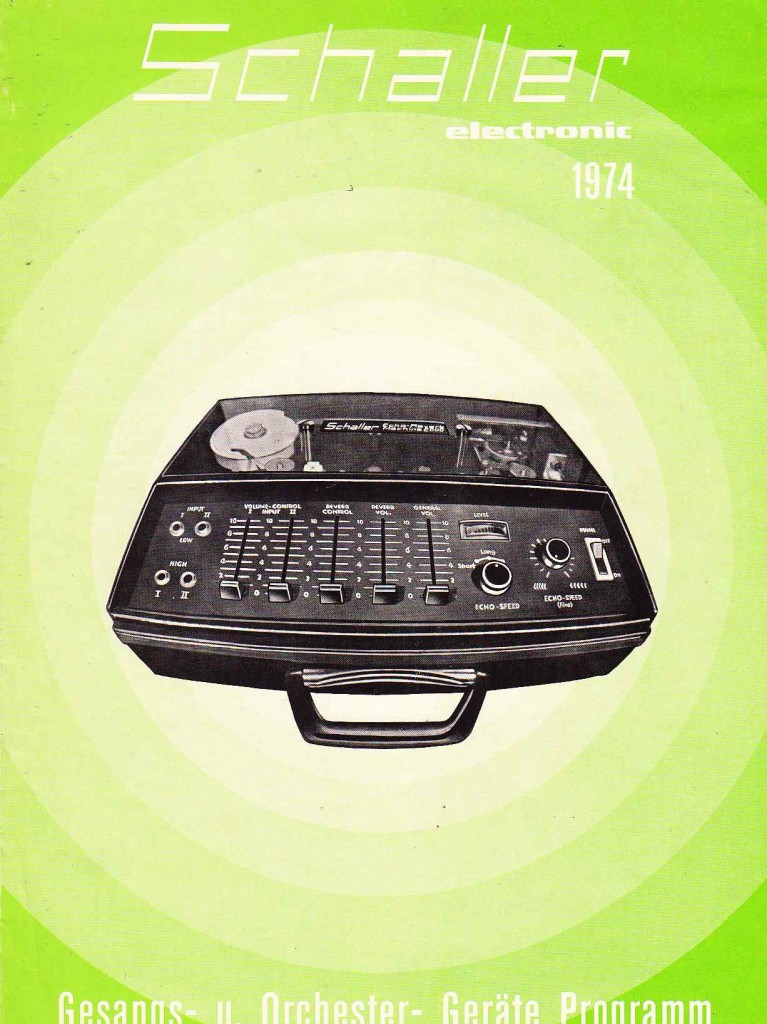 The Schaller Corp’s popular aftermarket guitar tuning pegs represent perhaps the greatest US market penetration that a German guitar company would have in the 70’s. I feel like 30% of 1970’s Gibson guitars have been ‘improved’ with Schaller tuners. Looks like Schaller also made effect devices.
The Schaller Corp’s popular aftermarket guitar tuning pegs represent perhaps the greatest US market penetration that a German guitar company would have in the 70’s. I feel like 30% of 1970’s Gibson guitars have been ‘improved’ with Schaller tuners. Looks like Schaller also made effect devices.
FOLLOW THE LINK FOR MORE….
